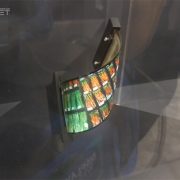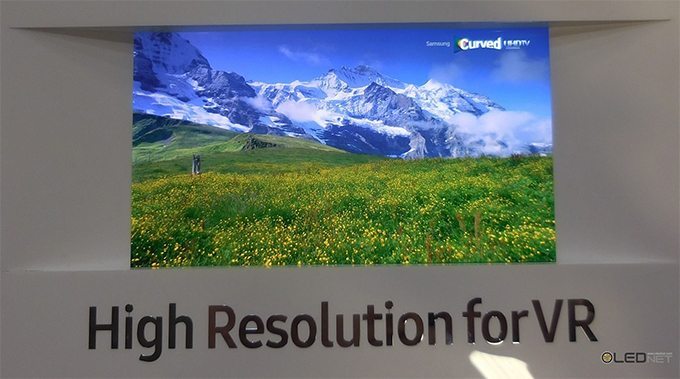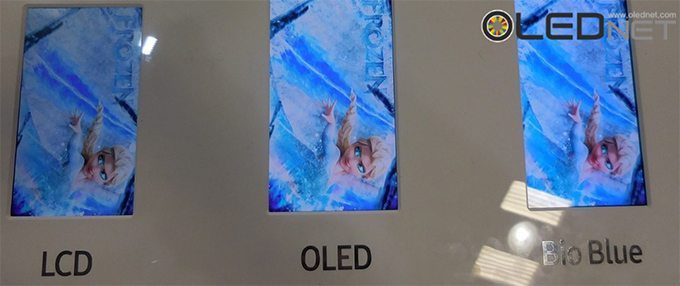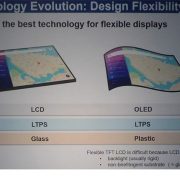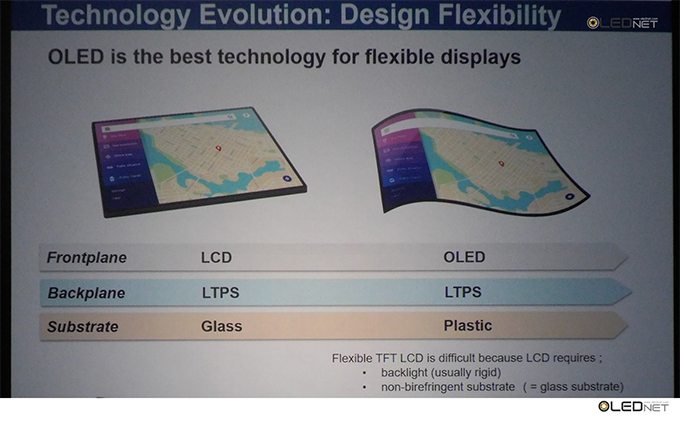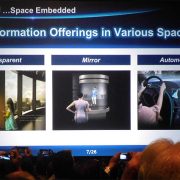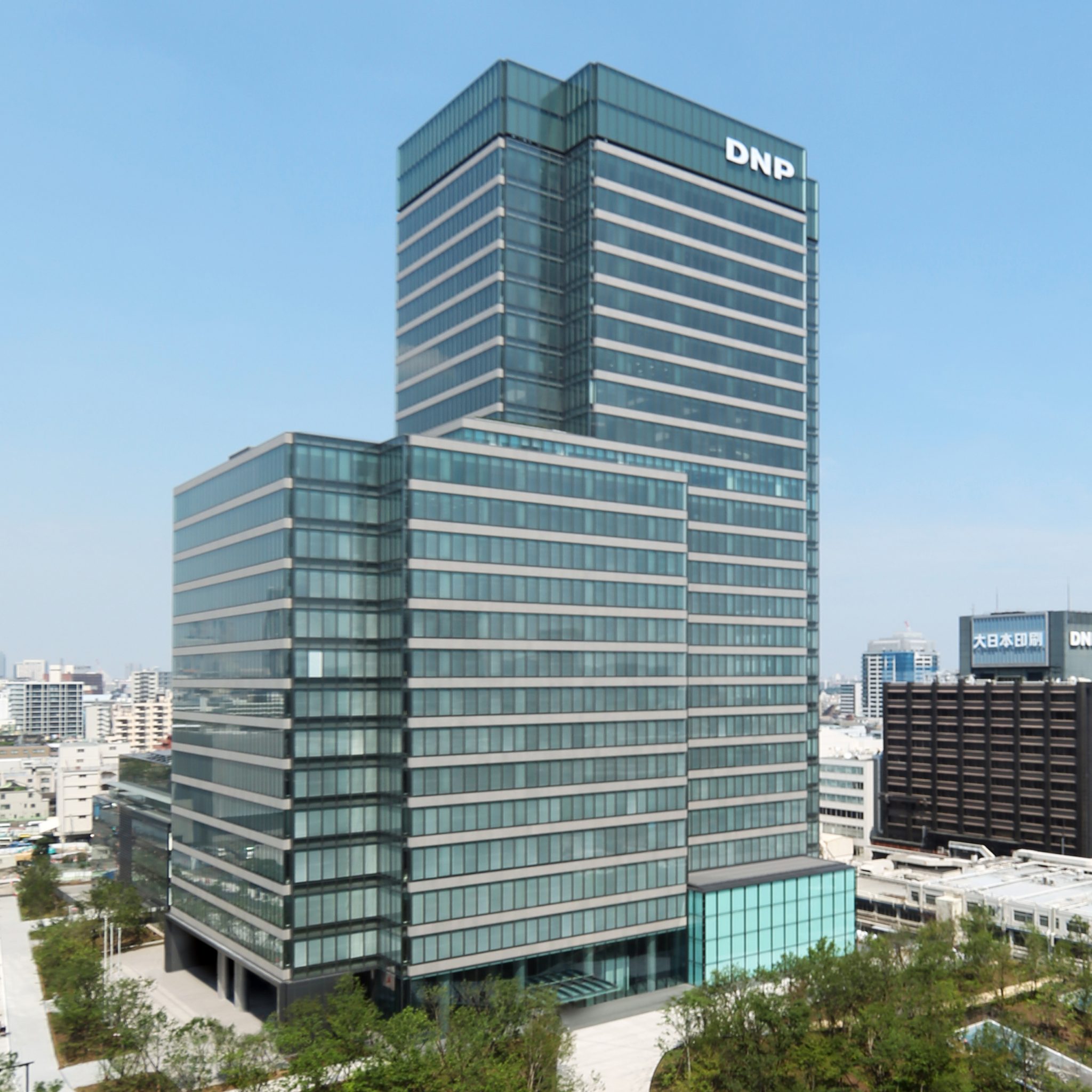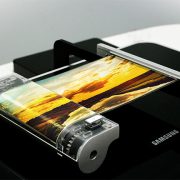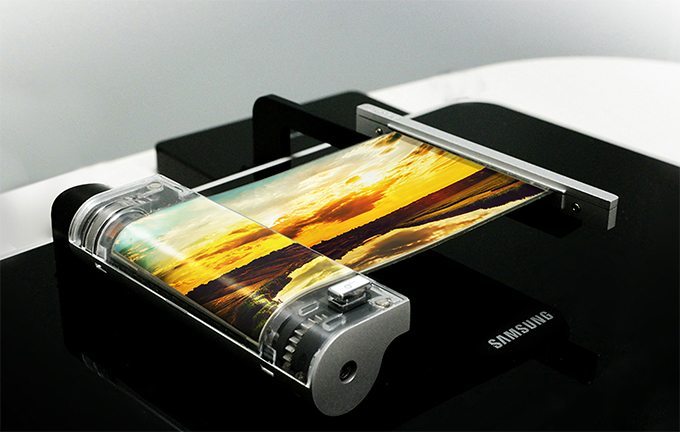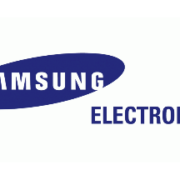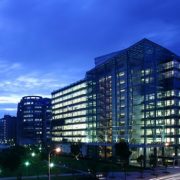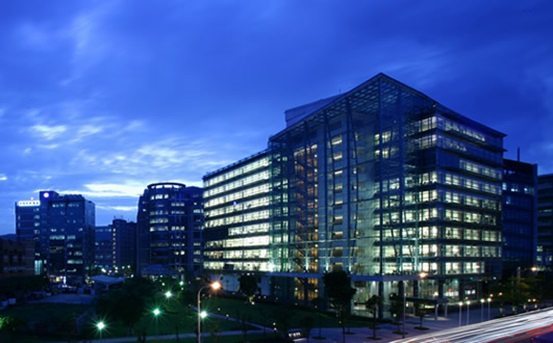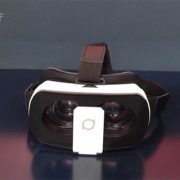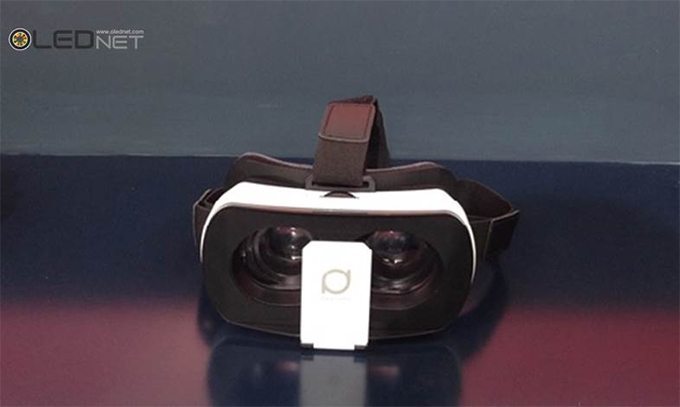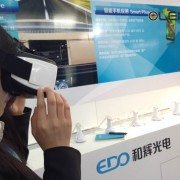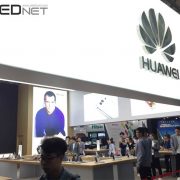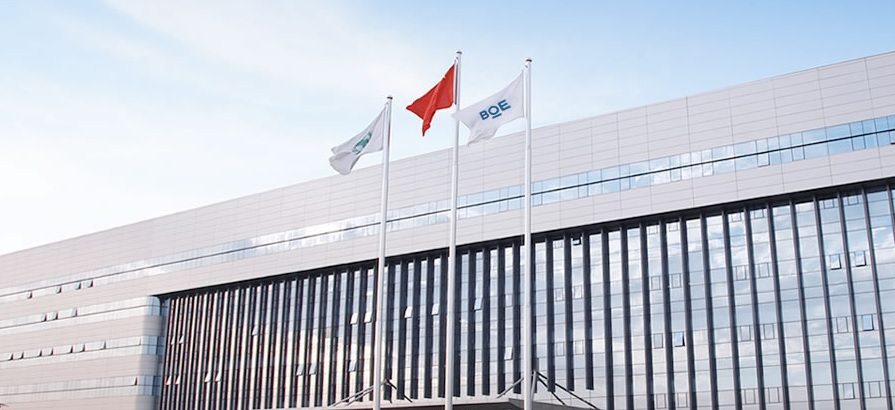Not Only Samsung and LG, but BOE and JDI Also Shows OLED Surge in SID
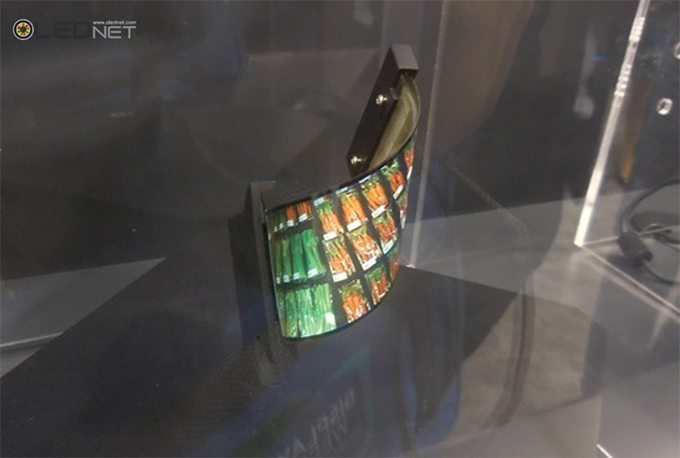
a Flexible OLED Display at BOE Booth (San Francisco = OLEDNET)
During the SID 2016, not only Samsung Display and LG Display, but other companies including BOE, Japan Display (JDI), and Tianma also presented OLED. The extent of OLED by Korea, China, and Japan drew much attention.
In SID 2016 (22-27 May), these companies exhibited many new OLED panels for diverse devices such as smartphone, VR, and TV.
Samsung Display revealed rollable panel, diverse 5 inch level OLED panel products such as VR panel with 806 ppi, the highest value within the industry, and Bio Blue, a VR panel which minimized harmful blue light.
LG Display showed 77 inch UHD OLED panel for TV, 55 inch dual side panel for signage, 65 inch concave OLED, and demonstrated their strength as the leader in large size OLED panel.
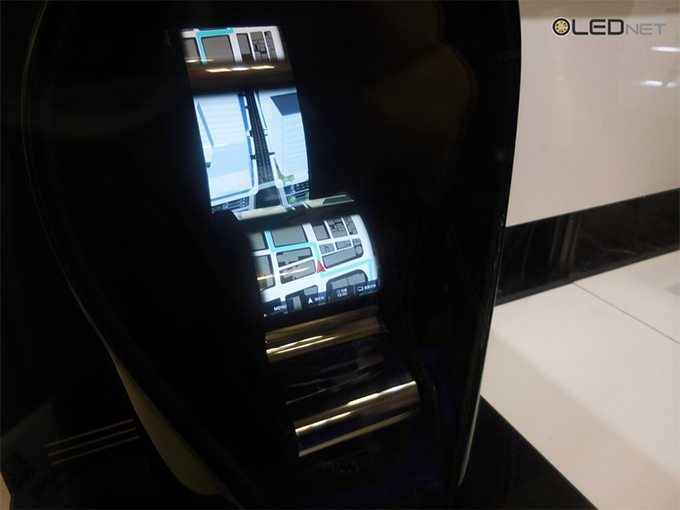
a Flexible OLED Display at JDI Booth (San Francisco = OLEDNET)
At this exhibition, BOE revealed flexible OLED display for mobile device. Particularly, the 4.35 inch foldable panel is BOE’s first. The product’s bending radius of 5 mm and has the brightness of 350 nits.
Tianma displayed 55 inch on-cell touch equipped TFT-HD AMOLED panel. The flexible display has 270 ppi and bending radius of 20 mm.
JDI exhibited flexible plastic OLED (POLED). The 5.2 inch product has 423 ppi with the resolution of 1080 x 1920.

an OLED Display for Mobile at Tianma Booth (San Francisco = OLEDNET)
Quantum dot sector also presented a strong front against OLED in SID 2016. Nanosys and QD Vision exhibited OLED TV and quantum dot TV next to each other and presented merits of quantum dot.
According to QD Vision, quantum dot could consume 50% less power compared to OLED. Nanosys explained that while white OLED panel TV shows brightness of only up to 500 nits, their own quantum dot TV can actualize 1,200 nits of brightness.

